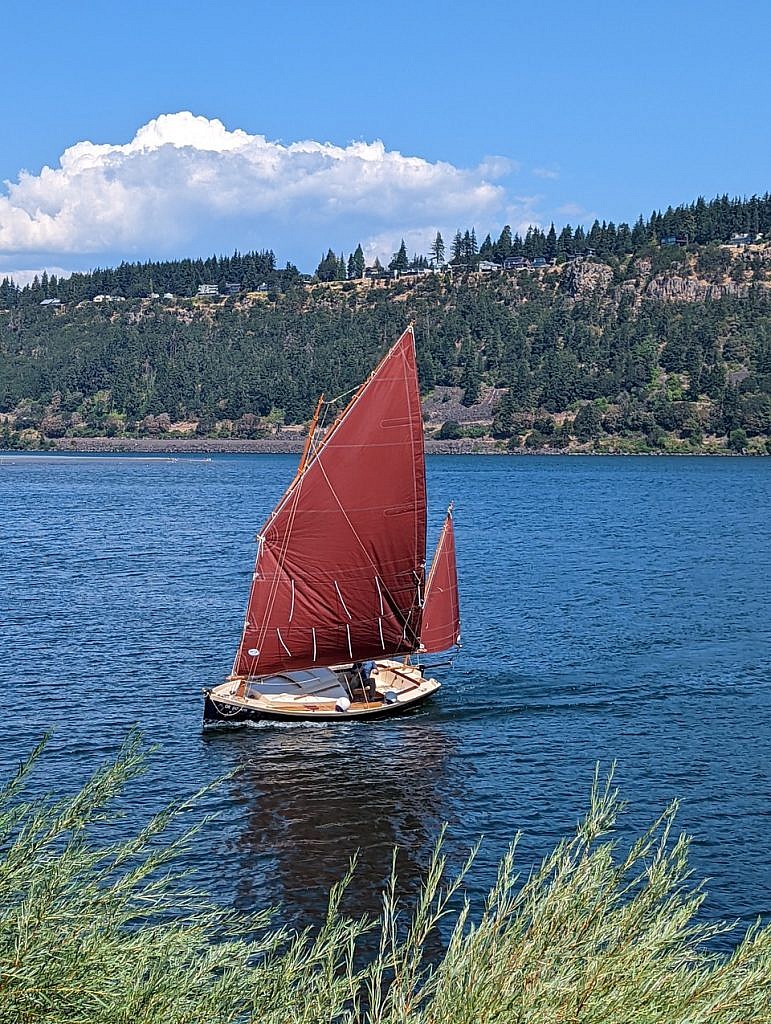
by Scott Sadil
I received a note recently from a fellow boatbuilder who heard me on a podcast with Orvis’s Tom Rosenbauer. Jim Davenport is a long-time Baja aficionado who wanted to know about the boats I’ve built for the inshore waters of Magdalena Bay, on the Pacific side of the Baja California peninsula. What works? What would I recommend?
Obviously, there was some misunderstanding.
Jim is from Berkeley, and owns a “20’ fiberglass center console that lives on the bay (San Francisco, I assume) spring and summer and on the delta (Sacramento-San Joaquin) fall and winter”—an inshore power skiff, entirely unlike the small row-and-sail beach yawls I’ve built to help me explore and unravel many of the Mag Bay mysteries still waiting to be discovered by adventurous fly anglers.

Still, Davenport’s message struck a chord. For the truth is, a sailboat of any kind is a lousy fly fishing vessel, and if I weren’t so enamored with the challenges of sailing with the tides, of sneaking, centerboard raised, into hidden mangrove esteros or rowing through the surf and beaching on uninhabited islands where God knows what comes swimming through the tidal bocas, I would have built some sort of inshore skiff long ago—or at least as soon as I got over the cost of fuel to explore the bay, one end to the other.
Or maybe I’m just like those guys I heard Gray’s former editor, Jim Babb, once describe. “Sailboats,” said Babb, “are for guys who just want to carry a copy of Moby Dick on the water and play with a bunch of lines.”
(Actually, I prefer Peter Matthiessen’s Far Tortuga.)
Davenport’s own ideas about an inshore power skiff, one he can build himself and tow down the Baja peninsula, show him to be the kind of angler/boatbuilder who has given the subject serious thought. He’s designed a “17’ flat bottom glue-and-screw plywood skiff (with quite a bit of freeboard and a fairly high bow)” which he figures “should get up and go with a 15-25hp outboard.” Without seeing lines, I can’t offer much in the way of comments, other than to say that, if he’s been around boats, he’s probably in the ballpark.

Yet we should all know by now that there’s no such thing as a perfect boat. Every one, I think, is something of an experiment. The traditional Mexican or Latin America panga is a terrific inshore boat, but they’re terribly heavy to tow and launch, they pound in a chop and, besides, what kind of serious boatbuilder really wants to work in fiberglass and resin or epoxy?
